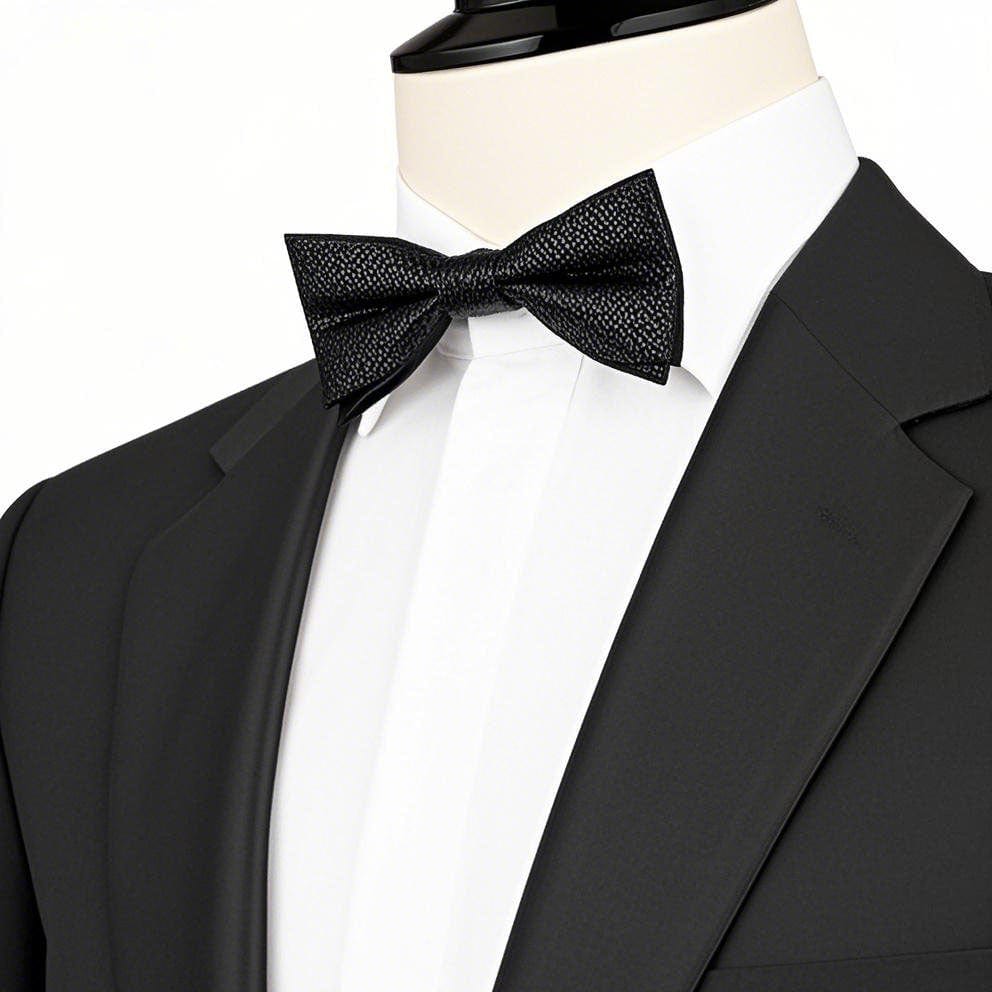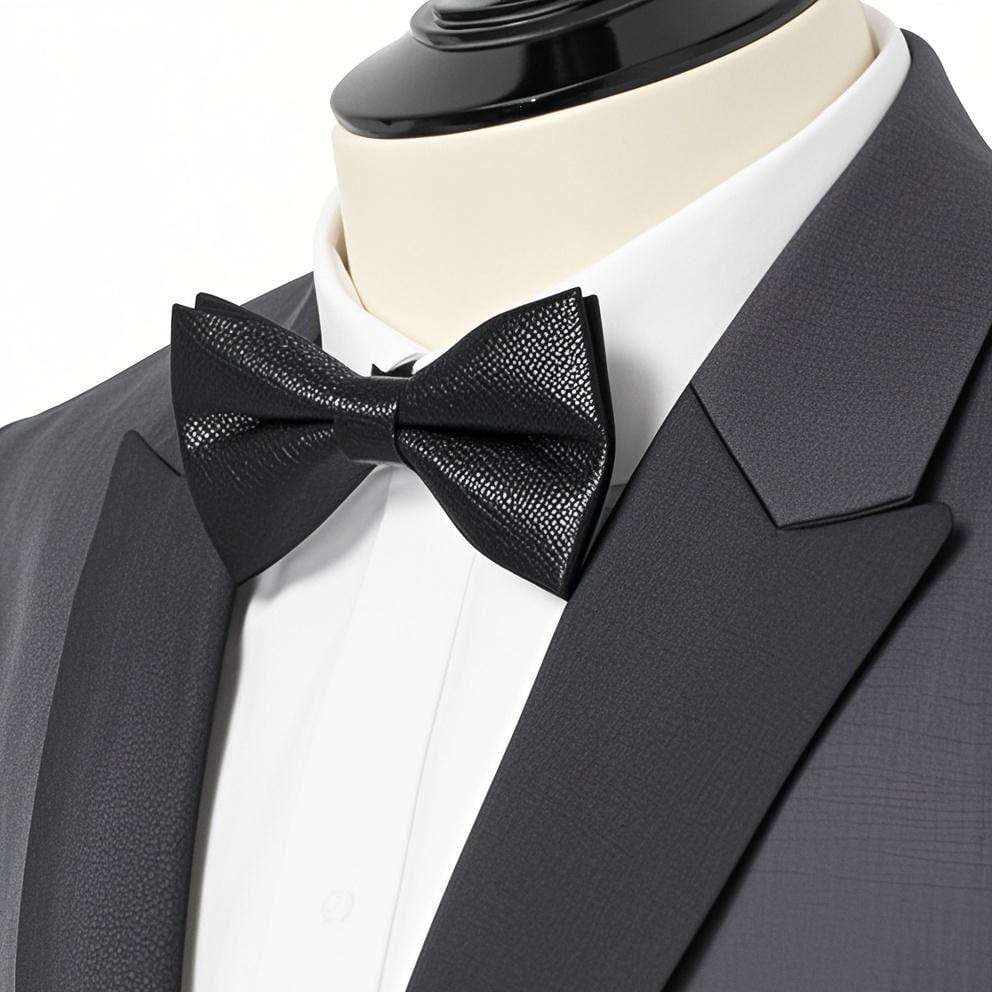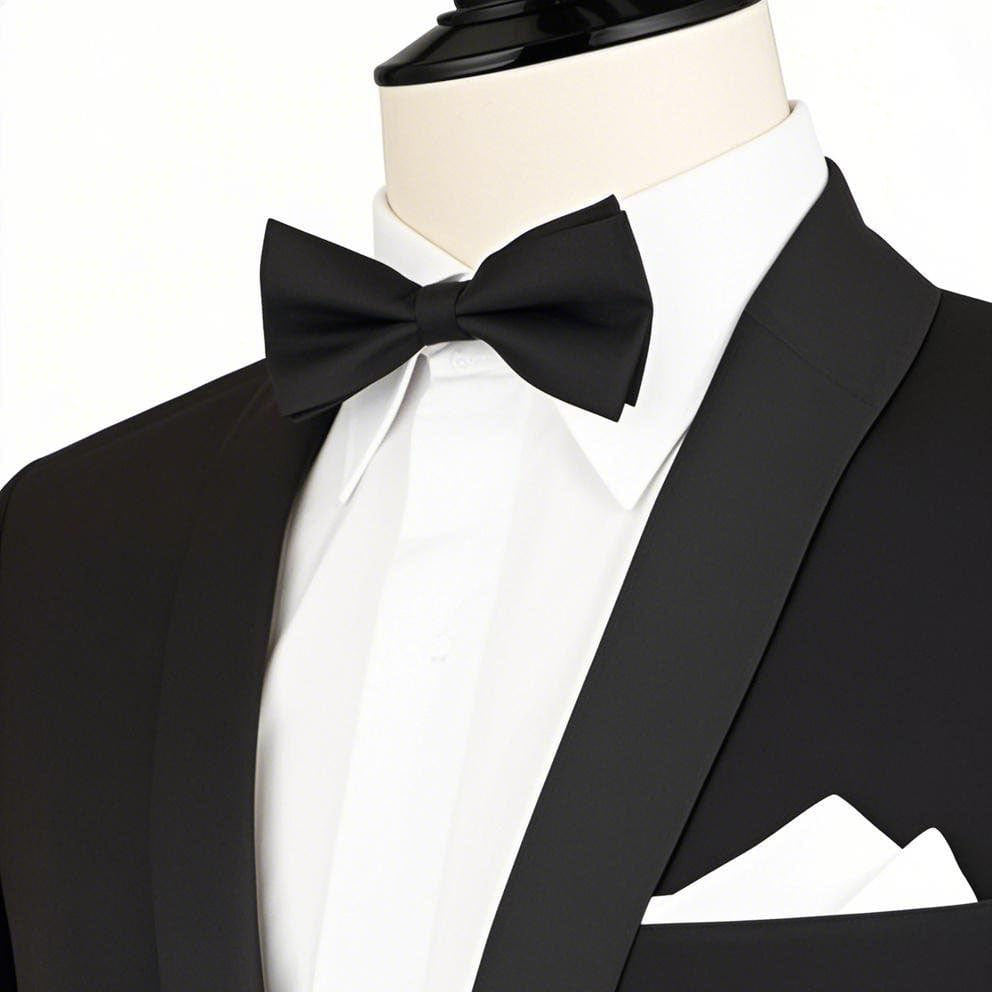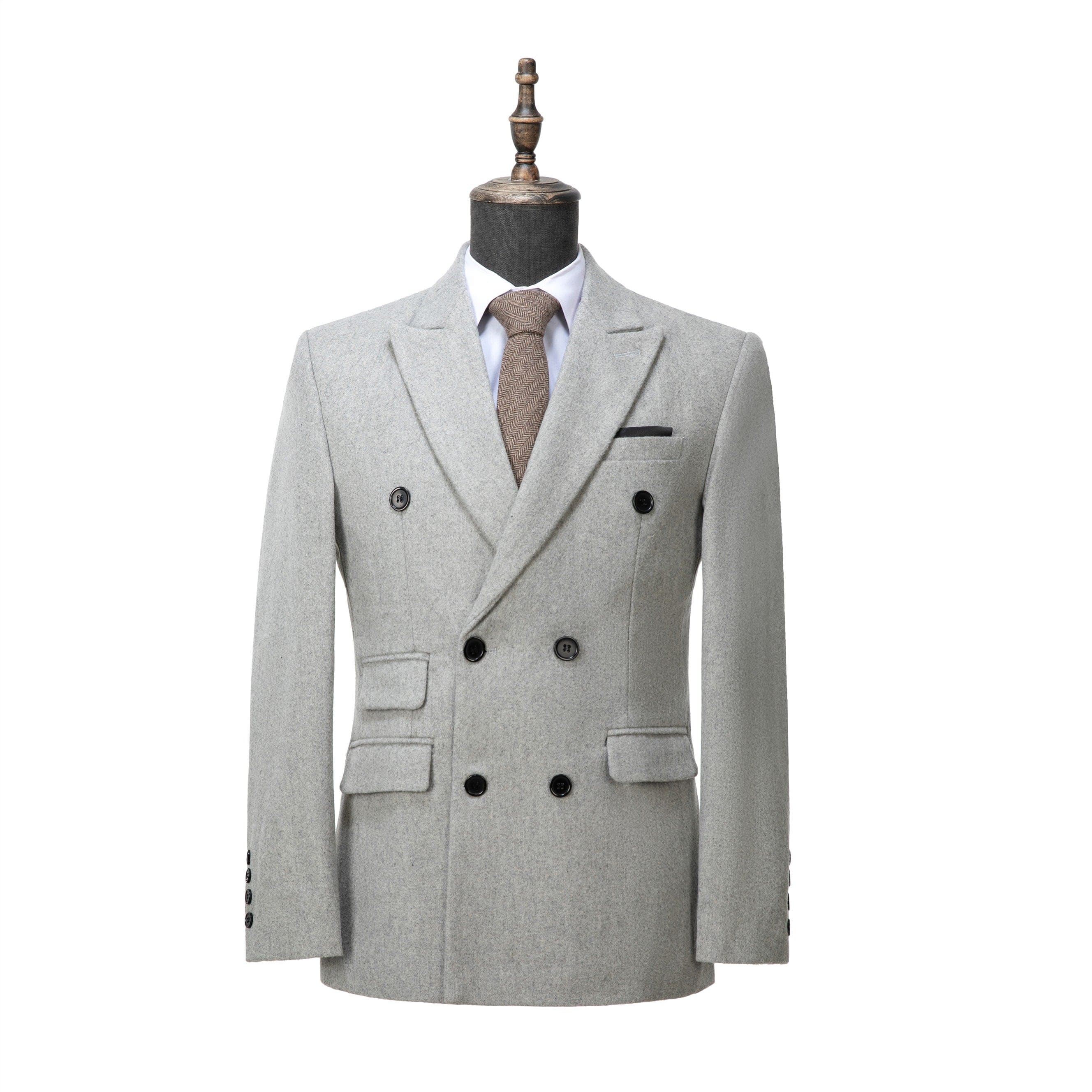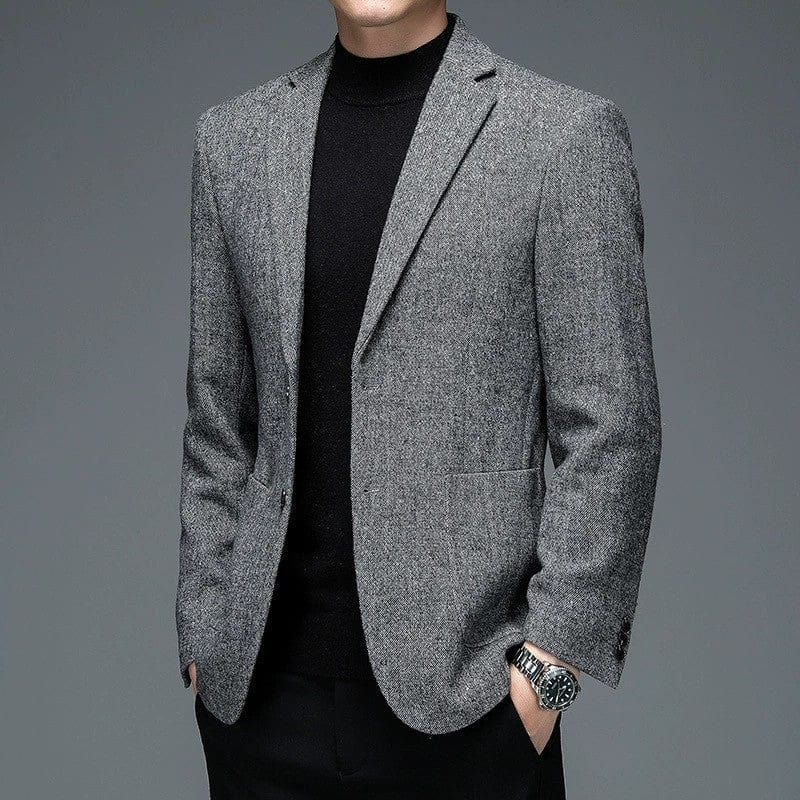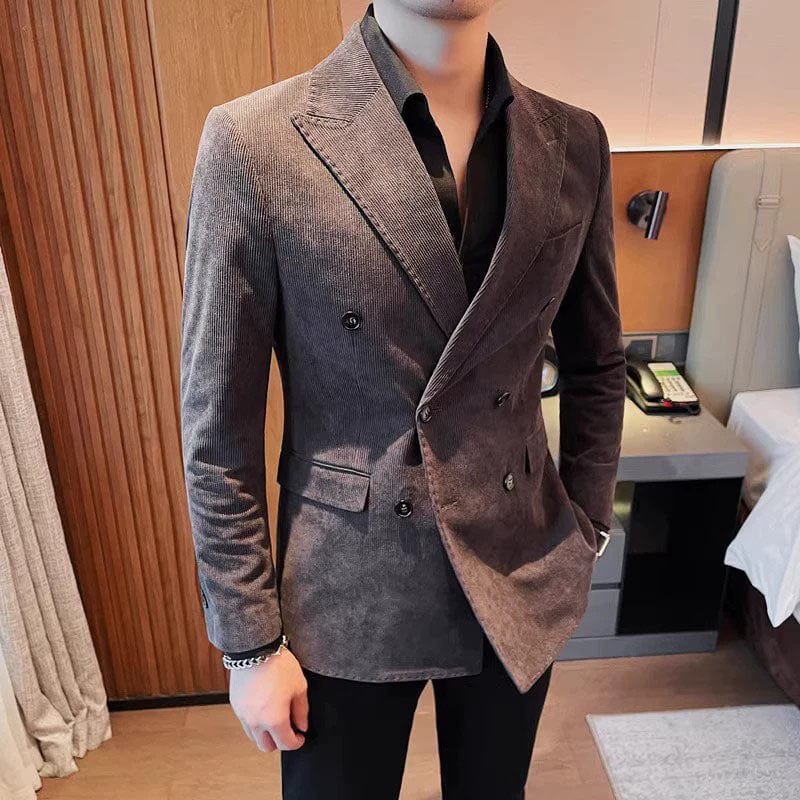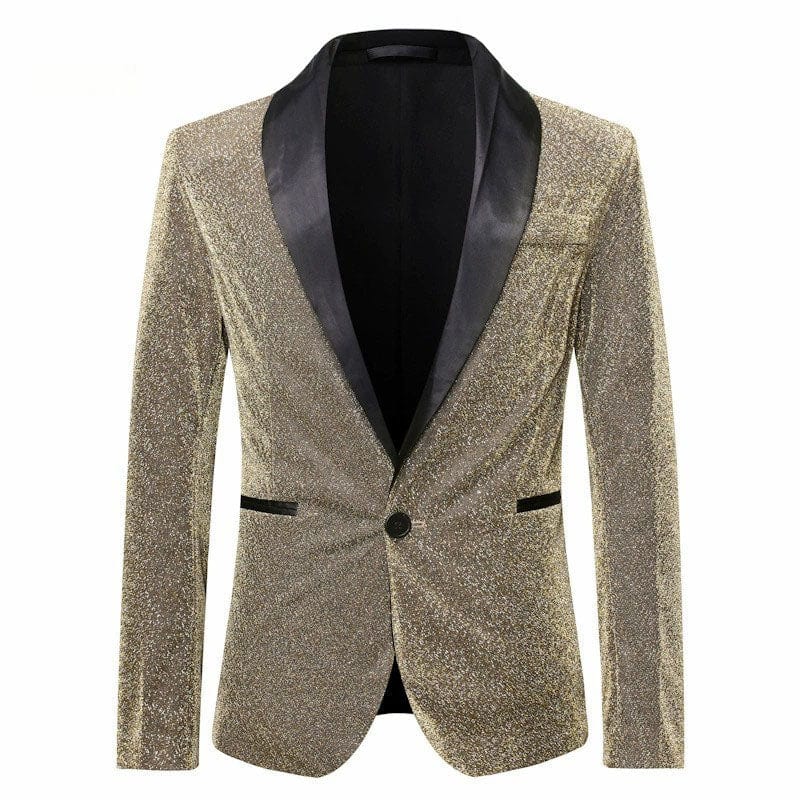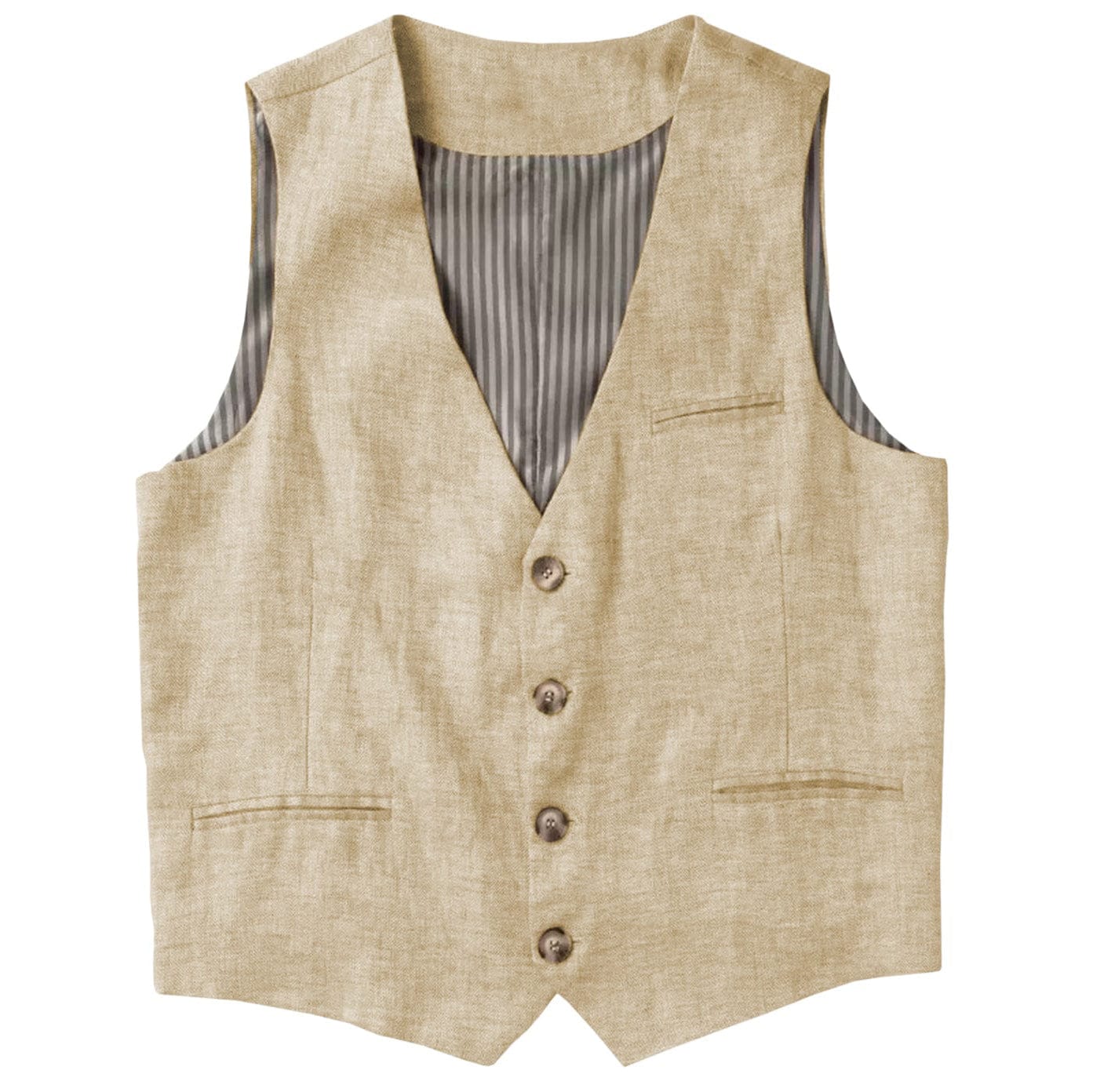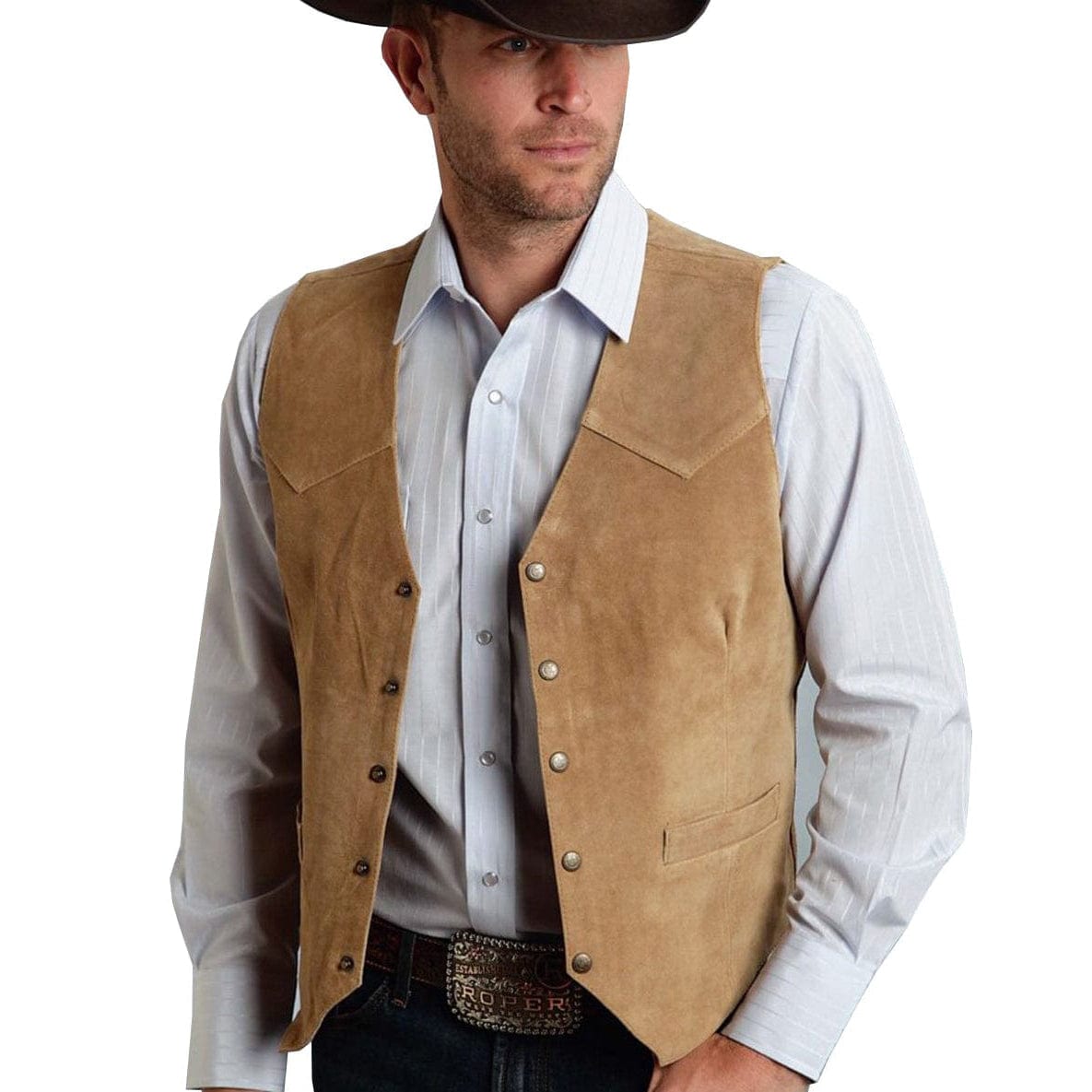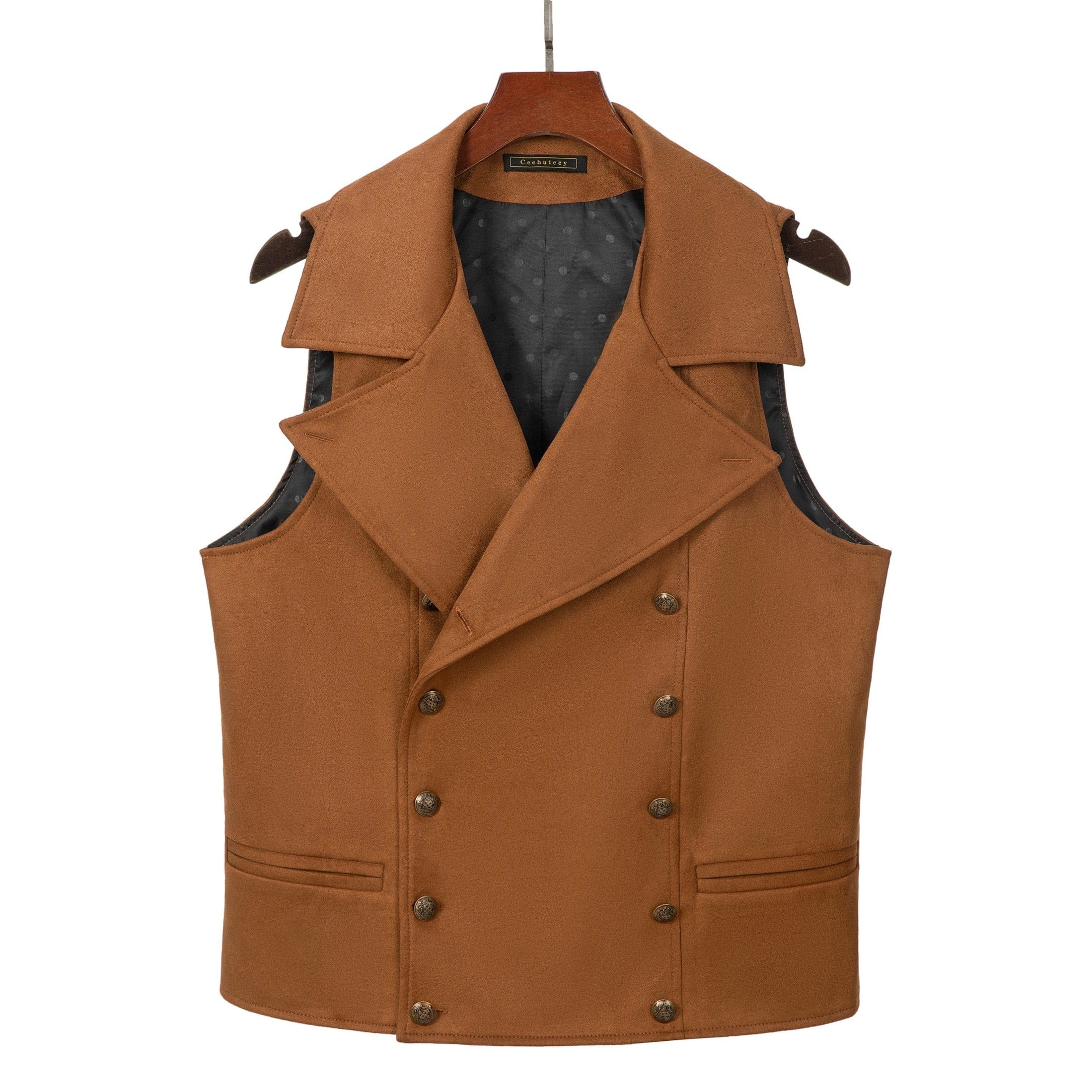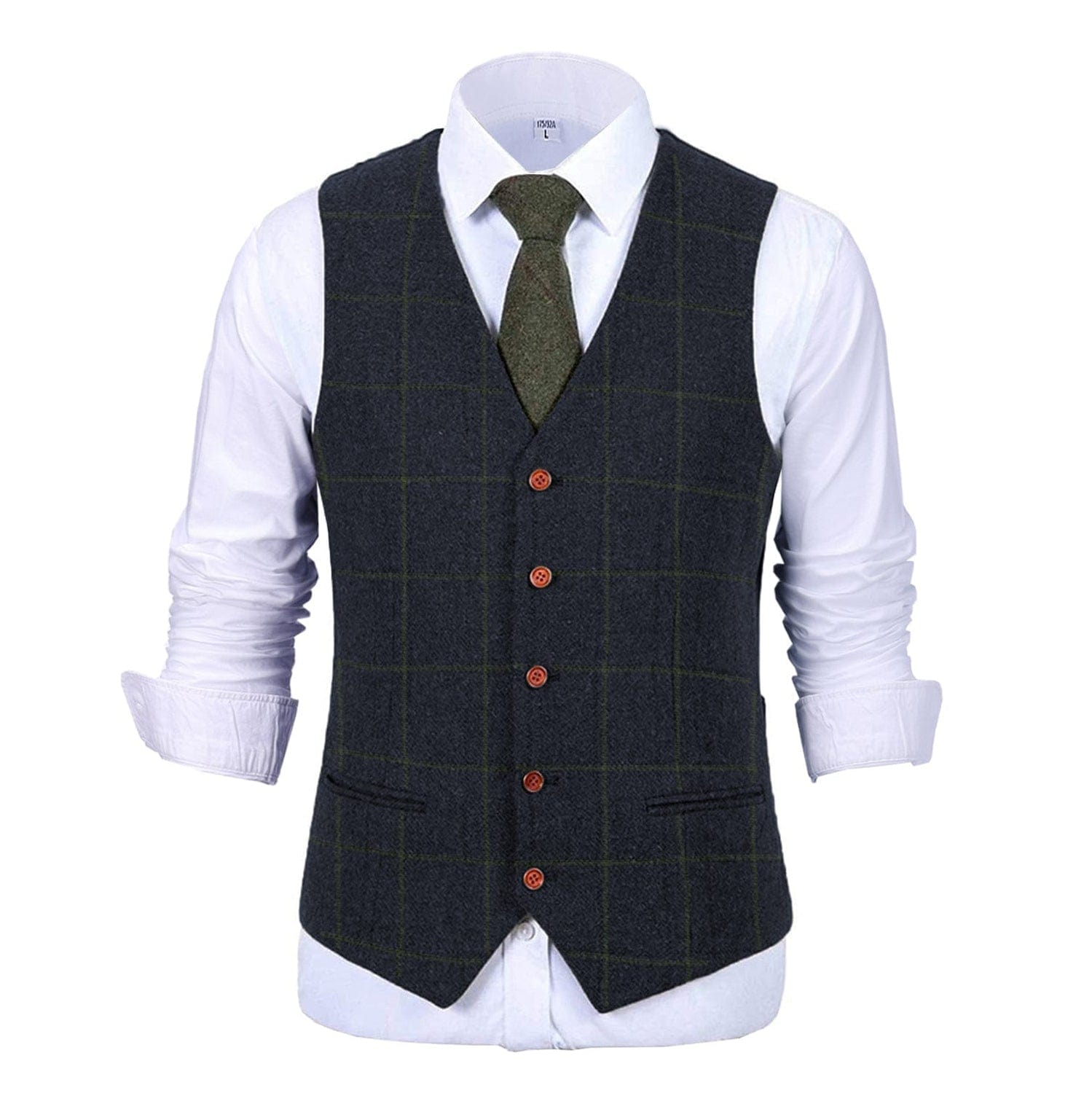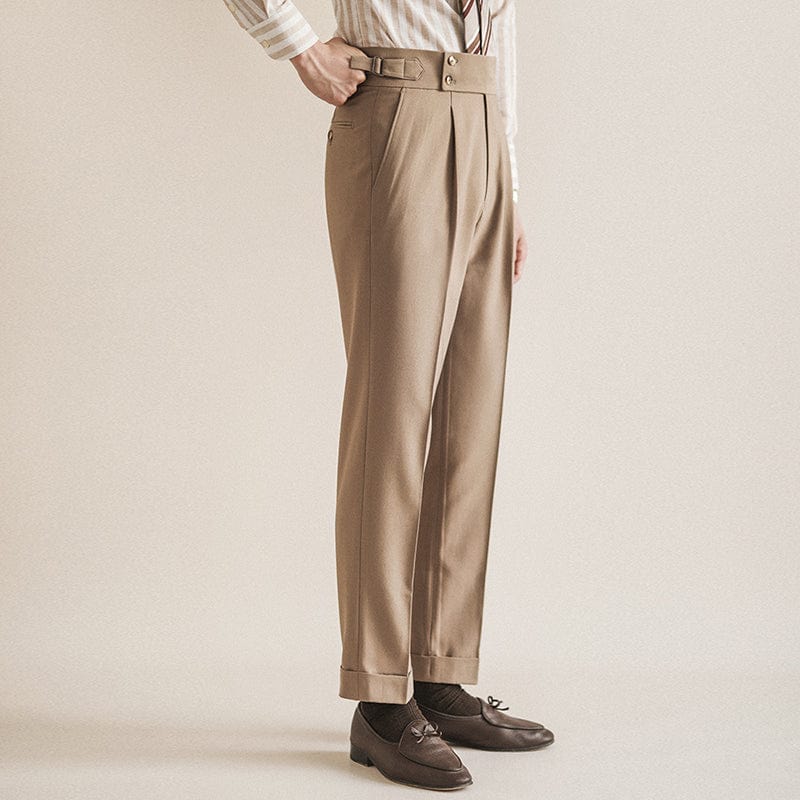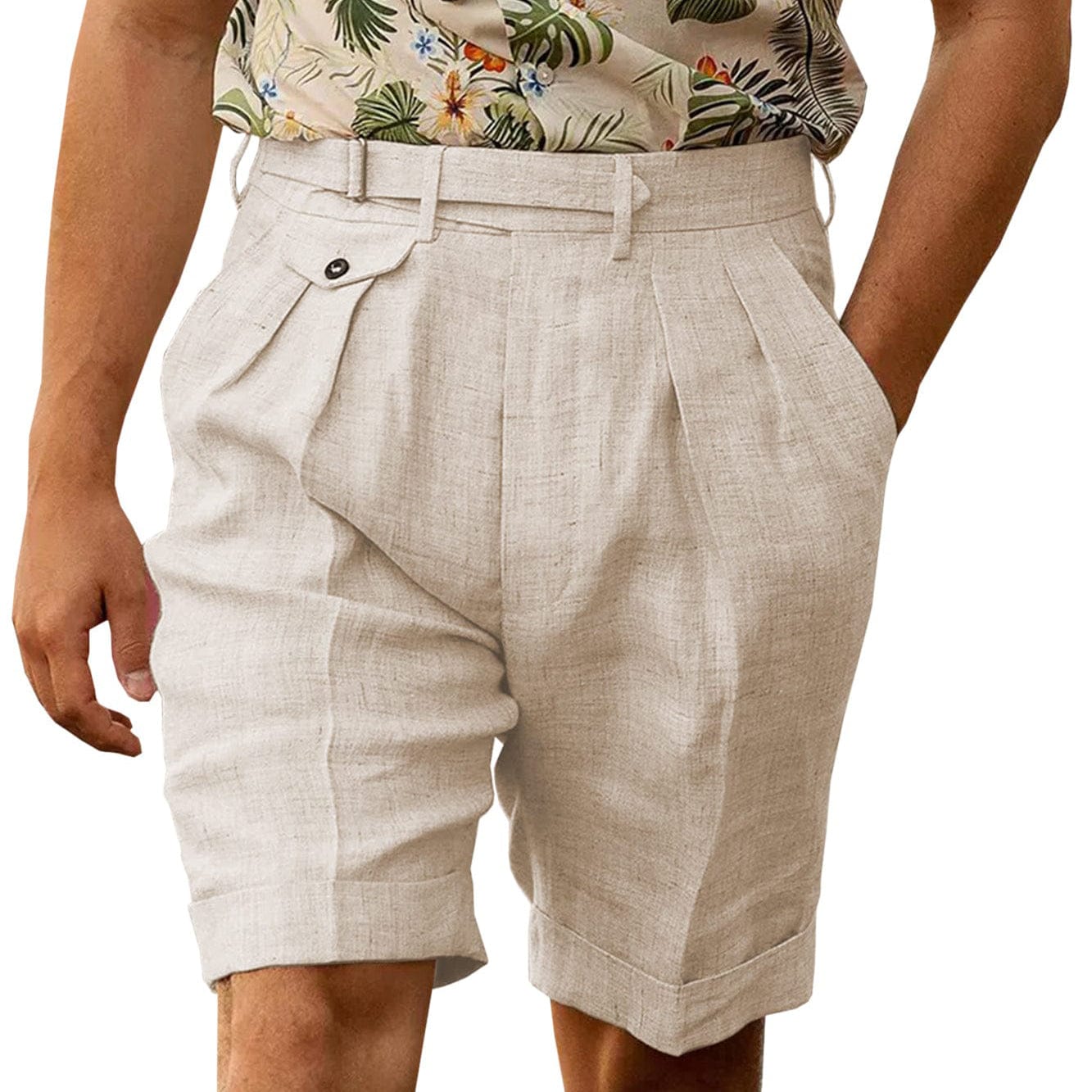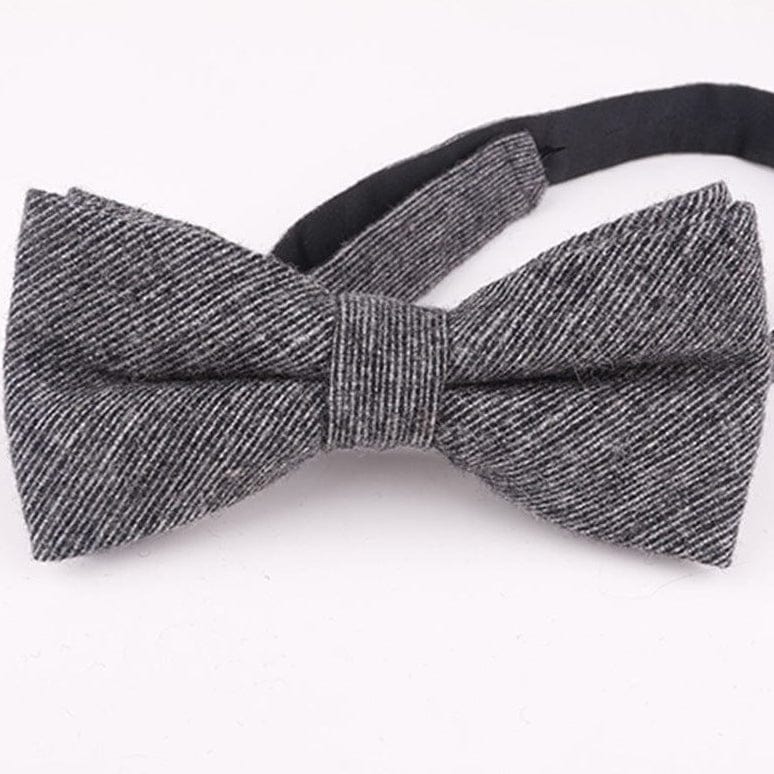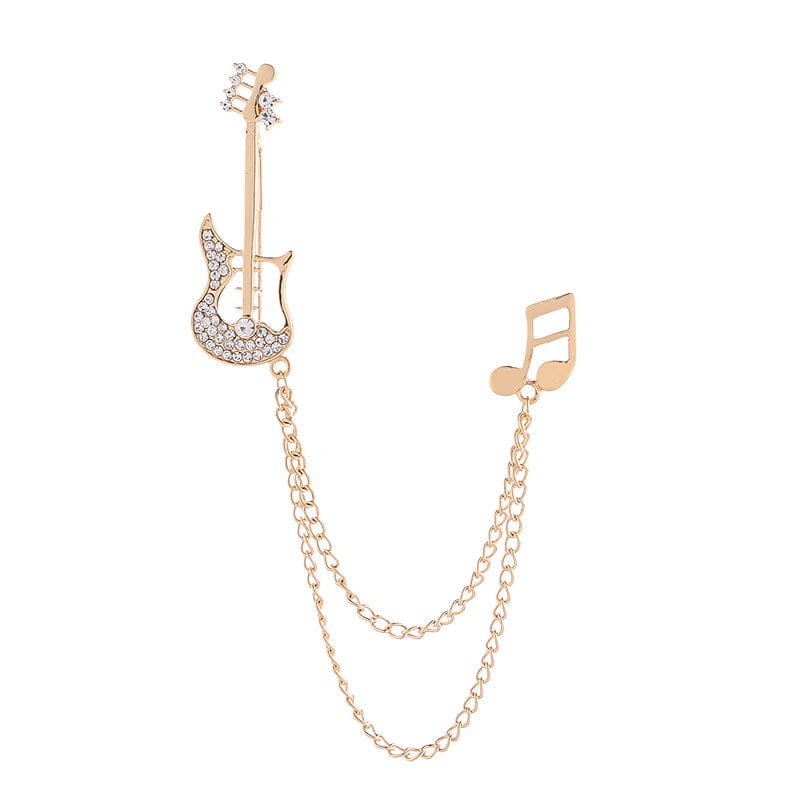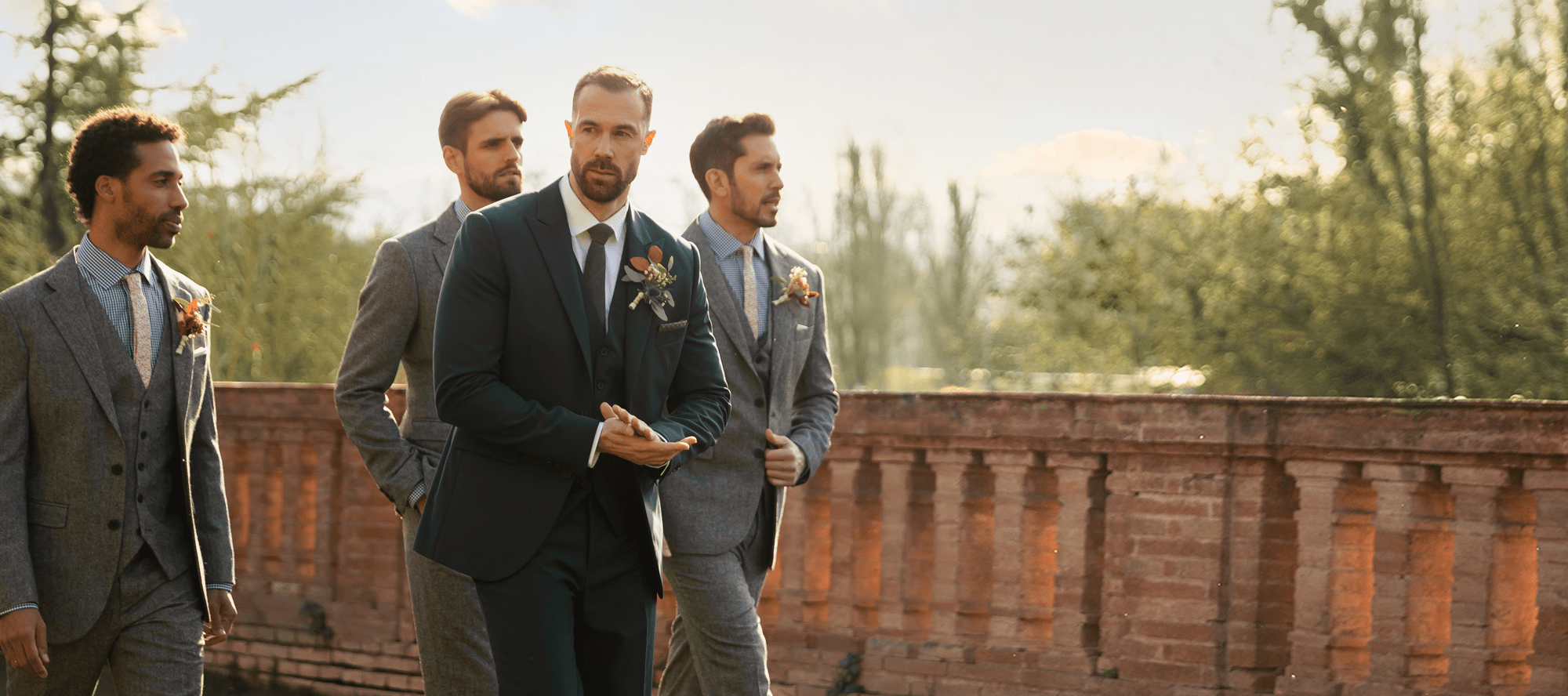Frequently Asked Questions
1. What cultural significance do mens suits have in film and television?
2. How has the portrayal of mens suits evolved in modern cinema?
3. What is the importance of suits in the character development of figures like James Bond?
4. How do suits challenge traditional gender norms in contemporary narratives?
5. What tips should I consider when shopping for a mens suit?
The suit has carved out a significant niche in both film and television, transcending its original purpose as formal attire to become a powerful symbol of character, status, and style. The presence of mens suits in pop culture often reflects broader societal themes and obsessions, making them more than just clothing. In this article, we will explore some of the most iconic moments featuring mens dress suits and analyze how these garments have shaped the narratives and characters we love.
Defining Moments in Film History
Throughout film history, there have been numerous moments where the suit has taken center stage. These moments transcend mere fashion; they embody the essence of the character and often influence the viewer's perception of themes like power, class, and sophistication. Let's dive into some unforgettable scenes that have left a lasting imprint on pop culture.
The Classic James Bond Look
No discussion of suits in pop culture would be complete without mentioning the iconic James Bond franchise. Since the 1960s, Bond has redefined what it means to wear a suit. The sharp tuxedos and formal suits for men worn by Sean Connery, Roger Moore, and more recently, Daniel Craig, have always signified sophistication, bravery, and charm.
The tailored cuts of these mens dress suits not only enhance Bond's ruggedness but also encapsulate a sense of elegance that resonates with audiences. From extravagant tuxedos in lavish casinos to sleek suits in high-stakes spy missions, Bond's wardrobe has set a standard for men’s fashion that still influences modern mens suits.
Mad Men: Suits as a Statement of Identity
Another significant portrayal of mens suits comes from the television series "Mad Men." Set in the 1960s advertising world, the show painstakingly reimagines the past with its character Don Draper, played by Jon Hamm. Draper's perfectly tailored formal suits don't just reflect his professional status; they also represent the complexities of identity and ambition.
The series showcases mens 3 piece suits that are impeccably crafted, emphasizing Draper's meticulous persona and the era's shifting cultural landscape. Each ensemble tells a story of aspiration and success, making the suit an integral part of the narrative's fabric.
The Evolution of Suits in Modern Cinema
As societal norms have evolved, so too have the representations of suits in film and television. Modern adaptations have started to explore different styles, silhouettes, and even colors that challenge traditional mens suits. Let’s explore how modern films are redefining what a suit can be.
The Rise of Casual Chic
One cannot overlook the impact of contemporary films that blend traditional elements with modern flair. Films like "The Wolf of Wall Street" showcase characters who wear mens suits that are not only formal but also audacious. Leonardo DiCaprio's character embodies greed and ambition while donning vibrant suits that break conventional patterns.
This modern interpretation of mens dress suits suggests a shift toward individual expression, allowing the suit to serve as a canvas for personal style. As the boundaries between casual and formal attire blur, audiences are encouraged to reimagine what a suit can be.
The Stylish Antihero: Breaking the Mold
Cinematic history has also given rise to the stylish antihero, who uses the suit as a symbol of rebellion. Think of characters like Tony Stark from the "Iron Man" series or Jesse Pinkman from "Breaking Bad." Stark frequently wears cheap suits that reflect his wealth but also express his underlying vulnerability.
On the other hand, Pinkman's evolution from streetwear to tailored mens suits showcases personal development and transformation. These characters challenge the conventional notions of suits, reminding viewers that fashion can reflect deeper narratives and character arcs, regardless of price points.
How Suits Reflect Broader Cultural Themes
The representation of mens suits extends beyond mere aesthetics. Throughout the decades, suits have grappled with and highlighted key societal themes ranging from class dynamics to gender roles. Let's examine how suits can carry profound cultural significance.
Power and Authority
Suited figures often symbolize authority and power in both film and television. From the corporate giants in movies like "The Godfather" to politicians and mobsters, the suit has been closely tied to the idea of control and hierarchy. In "The Godfather," for instance, the characters' formal suits serve as a visual representation of their dominance and respectability within organized crime.
This association of suits with authority extends to corporate settings, such as in films like "Wall Street." Here, mens dress suits serve to illustrate a world driven by ambition, greed, and the pursuit of the American Dream. As such, they become crucial visual cues in storytelling, allowing audiences to recognize motivations and power dynamics at play.
Gender and Suiting Norms
In recent years, the breaking down of traditional gender norms has made space for a reimagining of how suits are perceived. Women in film and television are increasingly depicted wearing suits that challenge gender conventions. Think of characters like Olivia Pope from "Scandal" or the powerful ensemble in "Ocean's 8." These powerful women don formal suits for men, asserting their presence in an industry often dominated by male characters.
By showcasing female characters in tailored suits, these stories challenge the historical masculine association of formal wear, allowing for greater representation in fashion narratives. This shift not only empowers women but also emphasizes the versatility of the suit as a symbol of confidence and strength.
The Accessibility of Suits Today
With the redefined meaning of the suit in pop culture, accessibility has also become an essential topic to explore. In an age where style meets affordability, cheap suits have become more available for the everyday man. This democratization of mens suits has provided new opportunities for individuals to embrace style without breaking the bank.
Shopping for the Perfect Suit
The wide variety of options available means that anyone can find a style that resonates with them. From classic tailored looks to more eclectic pieces, there's something for every preference. Here are some essential tips for shopping for suits without compromise:
- Know Your Fit: Understand your body type and try on different styles, whether it be slim-fit or classic cut.
- Fabric Matters: Materials influence both comfort and appearance. Choose fabrics that suit the occasion you're shopping for.
- Accessorize Intelligently: A well-chosen tie, pocket square, or cufflinks can elevate your suit's overall look.
- Shop Smart: Look for sales or browse for cheap suits that don’t sacrifice quality for price.
Why Invest in a Suit?
Investing in a quality mens suit offers numerous benefits. Whether it’s a wedding, job interview, or a casual night out, having the right formal suits for men in your wardrobe ensures you always look your best. Furthermore, suits can be versatile: with the right adjustments, a well-fitted suit can be adapted for various settings and occasions.
A Lasting Legacy
As we reflect upon the iconic moments created with mens suits in film and television, it's clear they serve as much more than just fabric stitched together. They embody aspirations and narratives, creating visual cues that enhance the storytelling experience. The evolution of mens suits has cultivated a deeper understanding of how these garments can influence character development and societal discourse.
From James Bond’s sophistication to the assertion of identity seen in modern television series, suits are a lasting cultural symbol that will continue to shape narratives in cinema and beyond. Embrace the legacy of the suit, and let it inspire a unique style that expresses your individuality and charisma.

